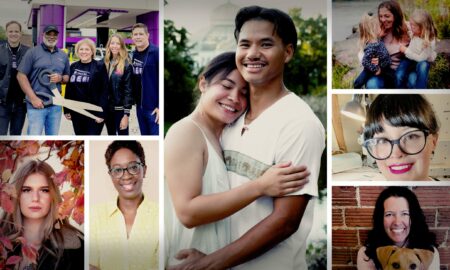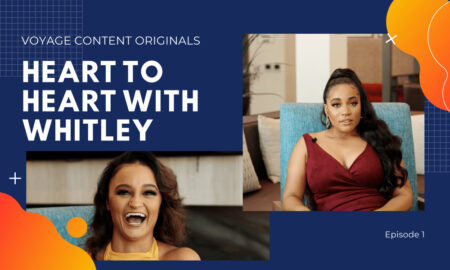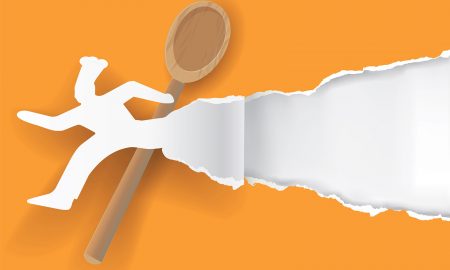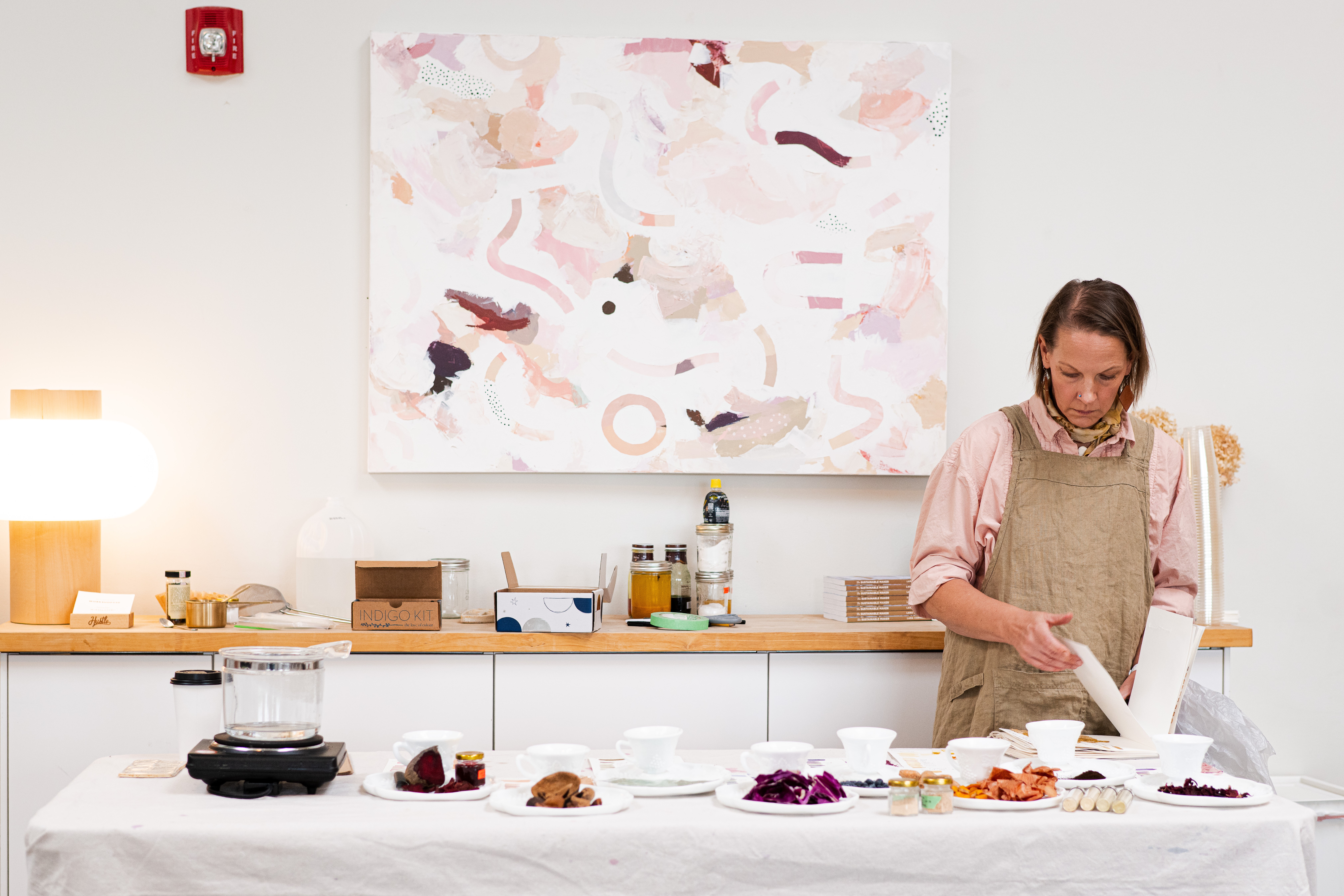

We’re looking forward to introducing you to Lara Cornell. Check out our conversation below.
Hi Lara, thank you so much for joining us today. We’re thrilled to learn more about your journey, values and what you are currently working on. Let’s start with an ice breaker: Have you ever been glad you didn’t act fast?
S.L.O.W.—(which I break down to mean: Sustainable, Local, Circular, and Whole System Thinking)—has become a central tenet of my practice. I’ve learned that when I act too quickly, I’m often just reacting to a situation rather than making intentional decisions. I default to materials, supplies, and methods that are faster and more convenient, instead of taking the time to ask what the most sustainable and regenerative options are.
This approach requires thinking outside the box. We’ve been conditioned to make convenient, status-quo decisions, but sustainability demands a different path. When creating, I put immense thought into my materials—their lifecycle, their supply chain, and their ultimate impact. I consider how to shorten that supply chain, how to use materials that will allow the piece to be composted and become regenerative for the planet, and how it can also be regenerative for my community.
For example, instead of ordering paint from Amazon, I create my own using food waste from a local caterer who sources from sustainable farms. Consider the ripple effects of this choice. If I had ordered from Amazon, who would benefit? Who might be harmed? What system would my purchase support?
By making my own paints, the impact is transformed. I use minimal, compostable materials, support local businesses and sustainable farming, and align my work with several of the UN’s Sustainable Development Goals. It’s certainly not as fast or convenient as clicking a button, but it connects me to my materials, my community, nature, and my art on a much deeper level.
Can you briefly introduce yourself and share what makes you or your brand unique?
Hello, I’m Lara Cornell, an artist, advocate for sustainability in the arts, and 2x international best-selling author of books on sustainable business design for artisans.. With a Master of Arts in Sustainable Design and a graduate certificate in Biomimicry, my work is dedicated to transforming how we approach creativity by focusing on sustainable materials and practices. My research centers on developing more sustainable art materials and biomaterials, as well as creating sustainable practices for art businesses and organizations, exploring innovative ways to reduce the environmental impact of artistic practices on multiple levels.
Recently, I’ve been developing live sustainable painting activations and workshops to demonstrate the possibilities of sustainable materials in action. My most recent solo exhibition at Kouba Gallery showcased over 540 colors created from 61 food waste materials, highlighting the beauty and potential in materials often considered waste. Alongside this, I continue to educate, consult, and research, working to inspire artists and organizations to rethink their materials and systems in alignment with sustainability.
My mission is to redefine what’s possible in the arts by proving that creativity can be a powerful tool for environmental stewardship. Through ongoing research, education, and innovation, I aim to inspire artists and organizations to adopt sustainable practices that not only reduce their environmental impact but also elevate the role of art in creating a more sustainable future.
Great, so let’s dive into your journey a bit more. What breaks the bonds between people—and what restores them?
In one of my recent graduate classes, we reflected on this same question. Americans, in particular, have been trained to be hyper-individualised. Hyper-individualism has broken the bonds between people, leaving many of us feeling isolated, overwhelmed, and disconnected—not just from each other, but from the world around us. When we’re focused only on ourselves, it’s harder to face challenges or work through uncertainty because we don’t have the support or collaboration that comes from being part of a community.
Rebuilding those connections is key. Communities give us the space to share ideas, support one another, and tackle big problems together. When people with different skills and perspectives come together, they can create solutions that are more innovative and impactful than anything one person could do alone. It’s this kind of collaboration that strengthens not just our relationships, but the systems we depend on.
At the same time, we need to reconnect with nature. Our disconnection from the environment often reflects how disconnected we’ve become from each other. By building communities that care for both people and the planet, we can create a future that’s more sustainable, more connected, and ultimately, more hopeful.
Do you remember a time someone truly listened to you?
A few years ago, I was delving into the world of Flower Essences, guided by an incredible teacher named Deborah Craydon. During one of our meetings, I shared a story about an encounter I’d had, describing it by saying, “It felt… purple.” For the first time, someone truly understood what I meant when I expressed myself this way.
I’ve often struggled to articulate how certain situations felt—they were too complex to sum up in words. Instead, I found it easier to describe them as colors, each one a blend of emotions. That conversation with Deborah was a turning point. It was then, in my 40s, that I discovered I was a synesthete.
Suddenly, so much of my experience clicked into place—why I could close my eyes and see music as vibrant, moving colors, or how I instinctively felt situations as hues. I’m still learning more about myself, even 4 decades into this life!
Alright, so if you are open to it, let’s explore some philosophical questions that touch on your values and worldview. What’s a belief you used to hold tightly but now think was naive or wrong?
I often refer to myself as a “recovering acrylic painter.” When I first began painting, I experimented with every art supply I could find. I wanted to try it all, learn it all. Eventually, I settled on acrylic paints and inks, believing they were a more environmentally friendly alternative to oil paints. After all, they could be cleaned with water, which seemed like a better choice for the planet.
However, three years ago, I stumbled upon research that completely changed my perspective. I learned that acrylic paints contribute 46 times more microplastics to our land and waterways each year than synthetic textiles. This revelation was shocking and profoundly eye-opening. Over the next three years, I delved deeper into the environmental impacts of art materials. I discovered that many art supplies, including acrylics, are derived from petroleum-based products that pose significant risks to both human health and the environment.
This knowledge transformed not only my art practice but also how I approach other aspects of my life, like painting my home. My journey has been one of unlearning and reimagining, which is ultimately where a creative thrives.
Okay, so let’s keep going with one more question that means a lot to us: What do you understand deeply that most people don’t?
What I understand deeply, and what many people might overlook, is that an artist and their business truly thrive when they are unapologetically themselves. Success comes when they know who they are at their core—when they’re deeply connected to their values, leveraging their unique skills, and doing what they genuinely love. It’s about showing up as the same person in their life as they do in their work, creating a seamless connection between the two.
An artist’s practice and business should reflect their personal journey. Just as people grow and evolve, so should their art, their brand, and their business. When they build something that’s authentically rooted in who they are and connect with their community in that same authentic way, their practice and business will naturally grow alongside them. It’s not about chasing trends, comparing yourself to others, or trying to be the best at something. It’s about embracing who you are and what truly matters to you. That’s where the magic happens.
Contact Info:
- Website: https://laracornell.com
- Instagram: @laracornellart
- Linkedin: https://www.linkedin.com/in/laracornell/
- Facebook: https://www.facebook.com/LaraCornellArt/

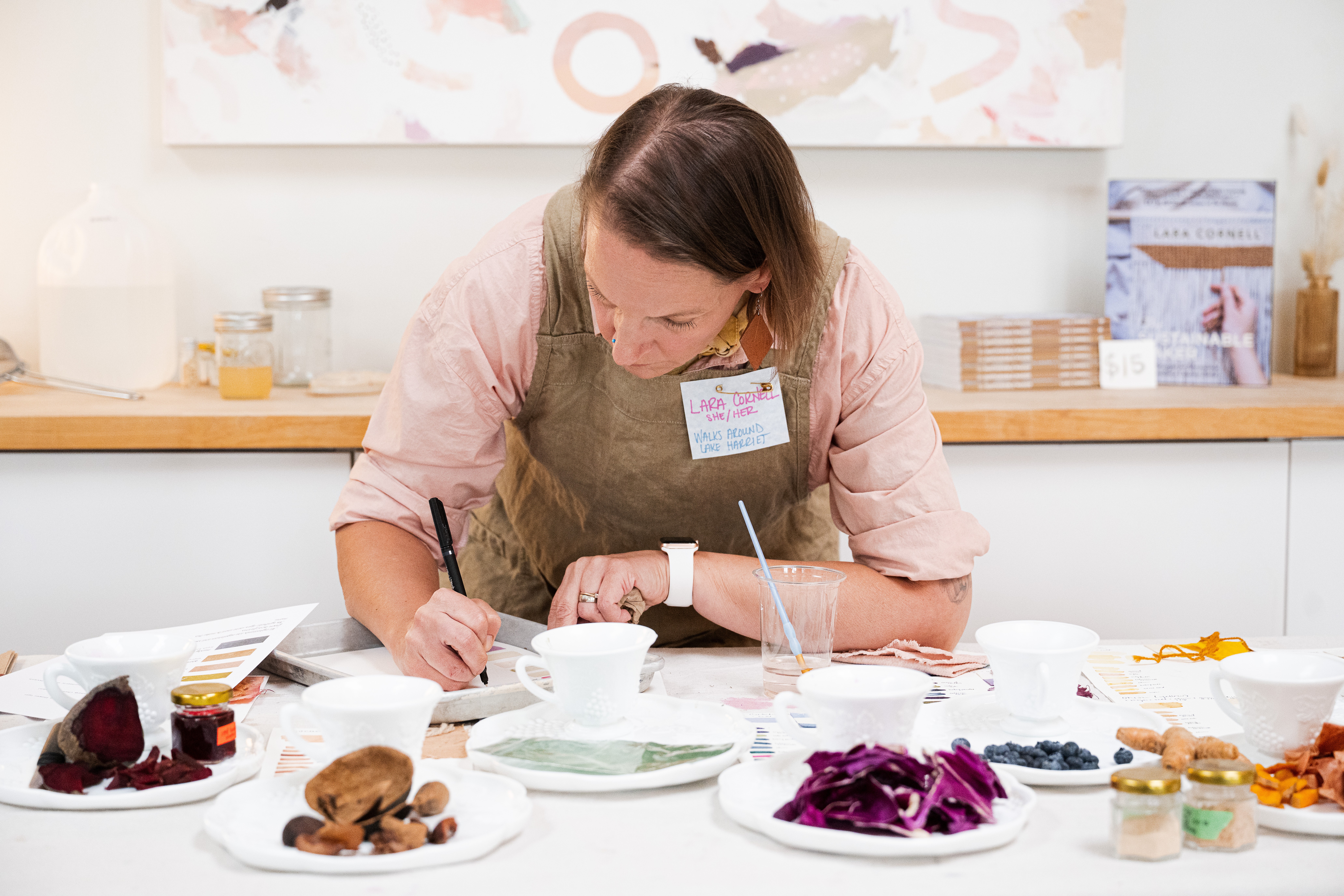



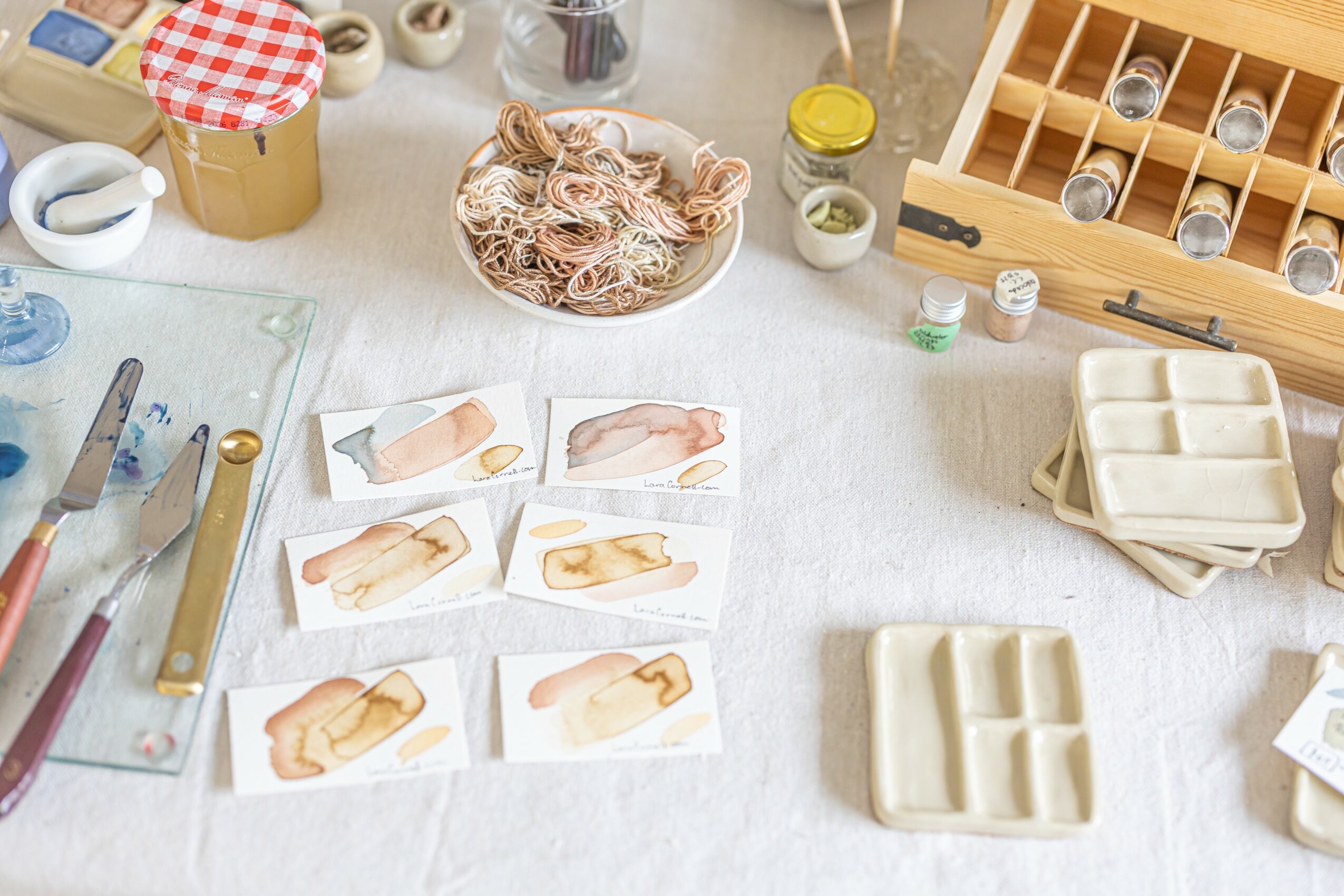
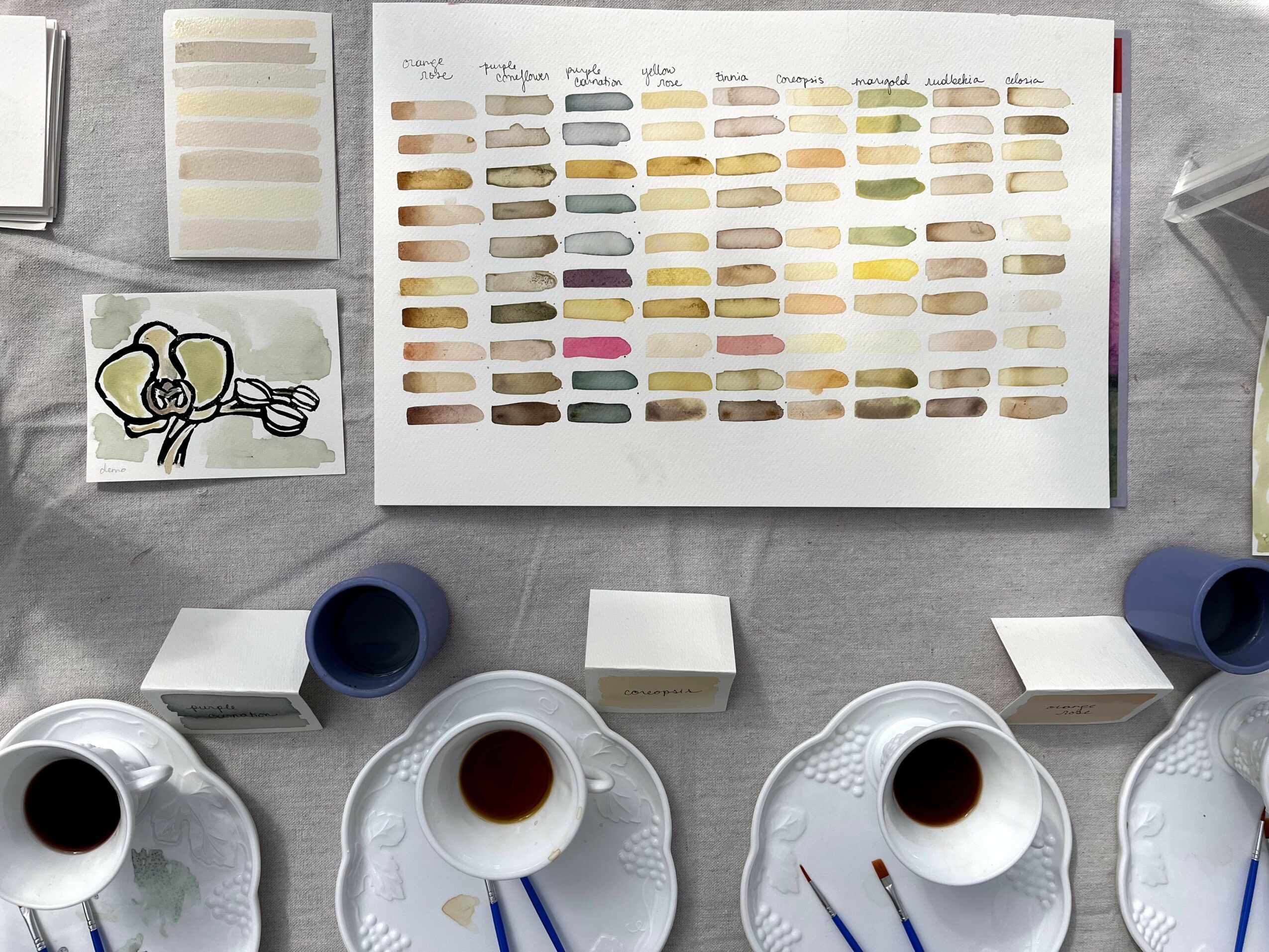
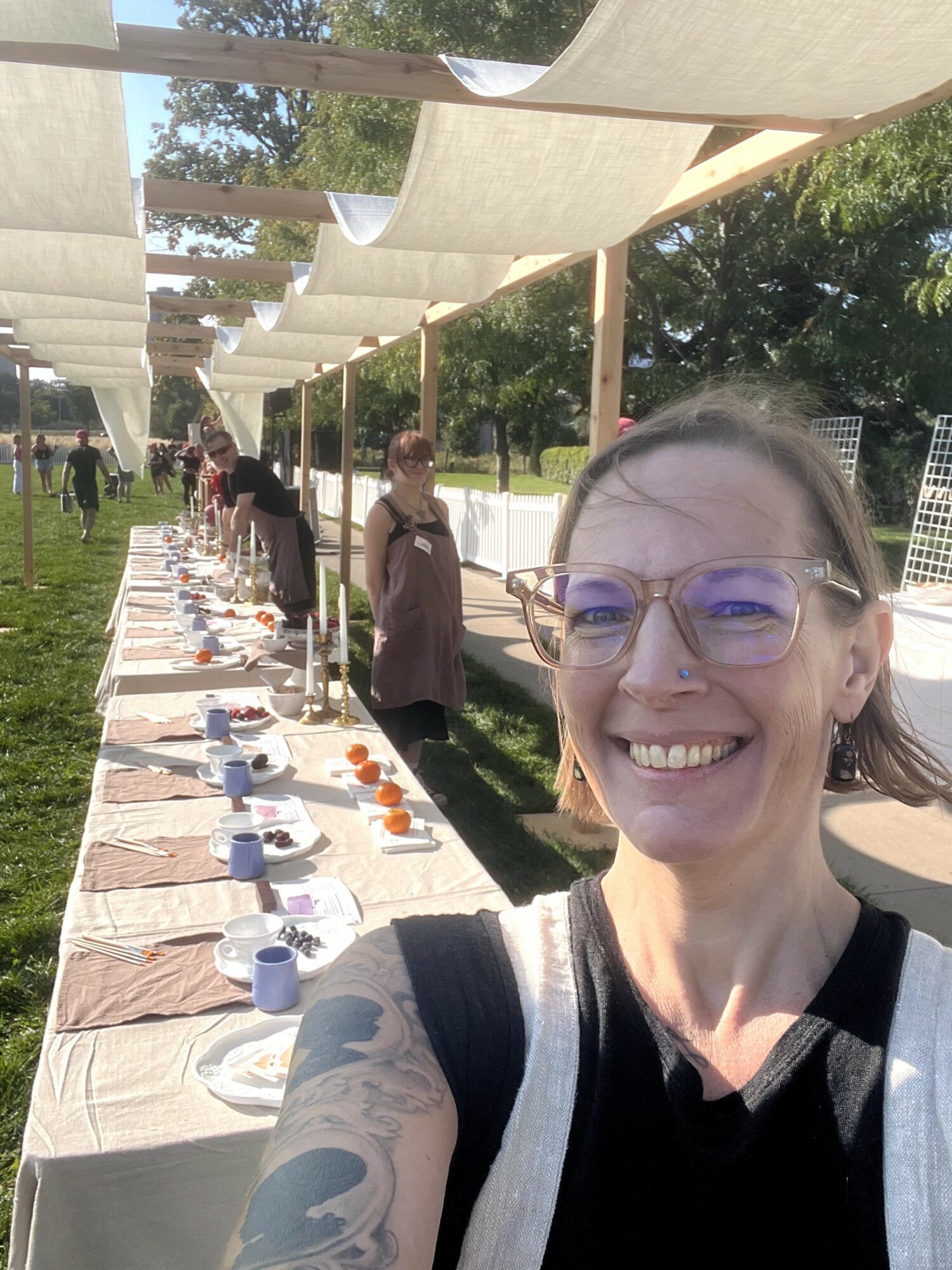
Image Credits
Joey Reichhoff, Lucas Botz

